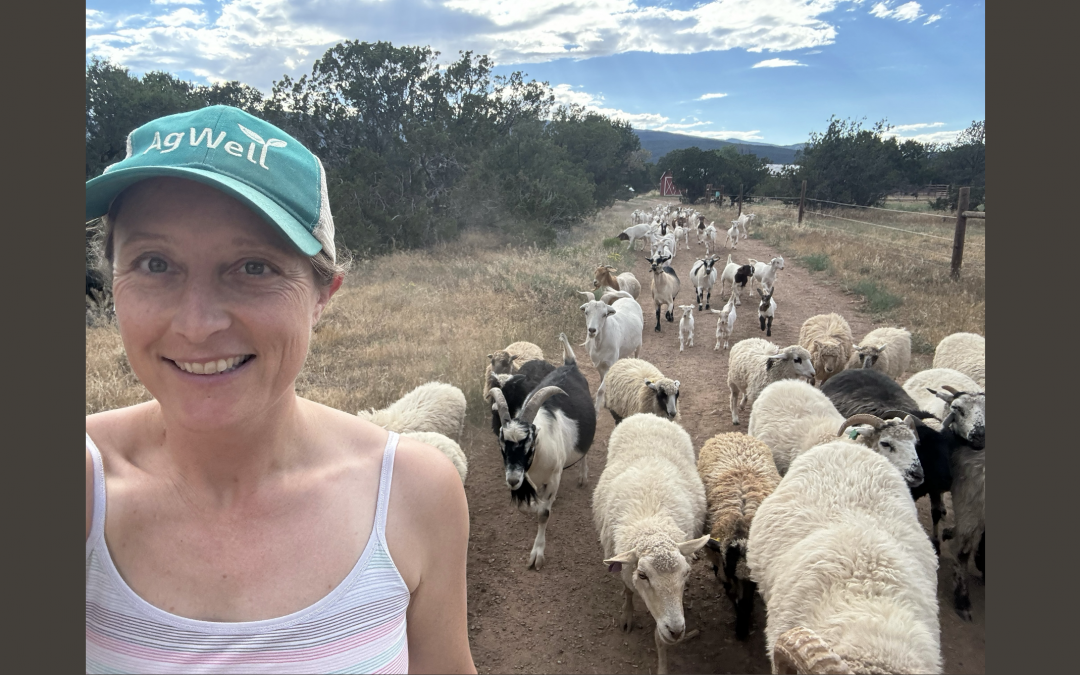
by radiocafe | Jun 26, 2024 | Down to Earth, Environment, Food & agriculture, New Mexico
Quivira Coalition’s executive director Sarah Wentzel-Fisher began as an artist and creative writer, and got interested in communities and food systems. Her path led to a life of both non-profit leadership and farming.
Learn more …

by radiocafe | Jun 12, 2024 | Down to Earth, Environment, Food & agriculture, Native & indigenous, New Mexico
Phoebe Suina draws on advanced studies in engineering and management and deeply held cultural values and knowledge of the land to lead a native- and woman-owned environmental restoration company.
Learn more …
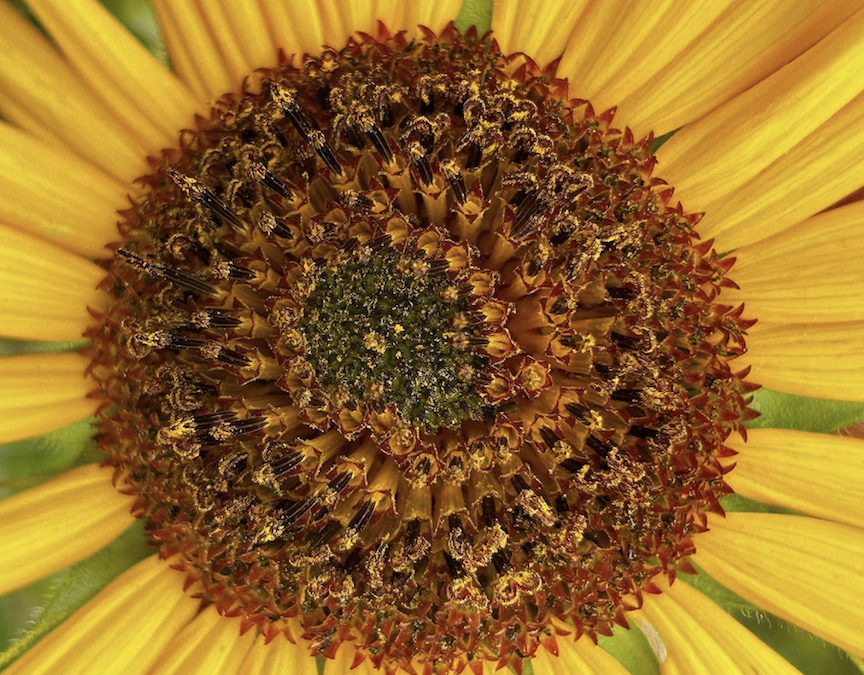
by radiocafe | Jan 9, 2024 | Down to Earth, Environment, Food & agriculture, New Mexico
For beekeeper Melanie Kirby , honey is only one part of her business. Bee breeding and pollination service are essential to keeping the food system thriving.
Learn more …
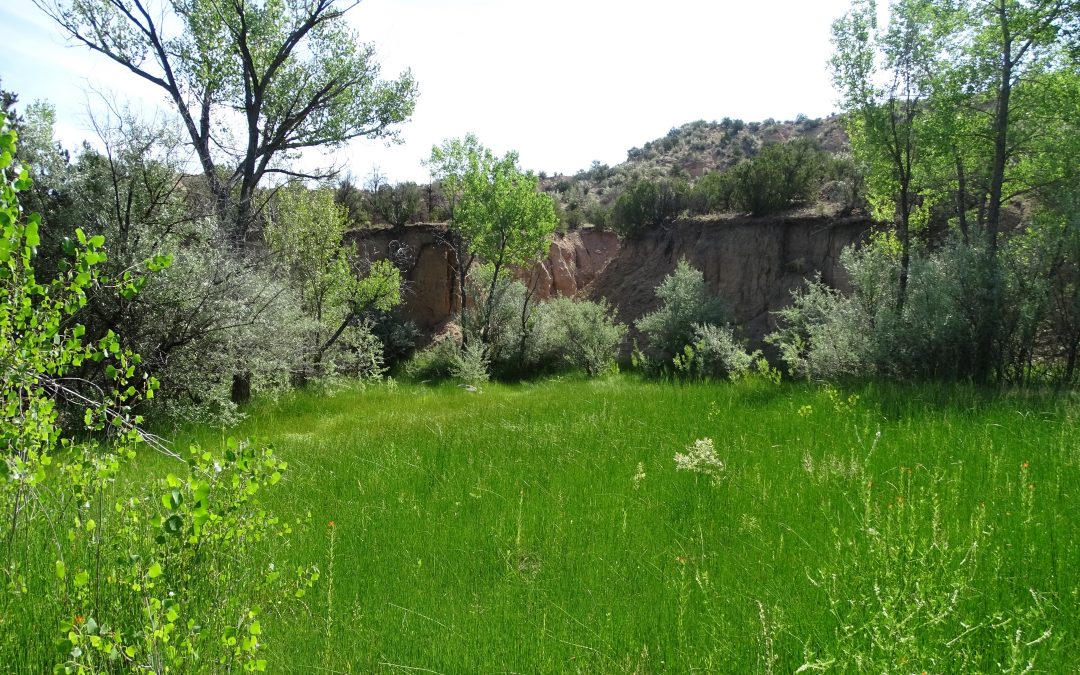
by radiocafe | Aug 22, 2023 | Down to Earth, Environment, Food & agriculture, New Mexico, Science & health
How do you restore an entire forest, or mountain, or watershed? Landscape planner Jan-Willem Jansens has been doing it for decades, and the key is…collaboration.
Learn more …
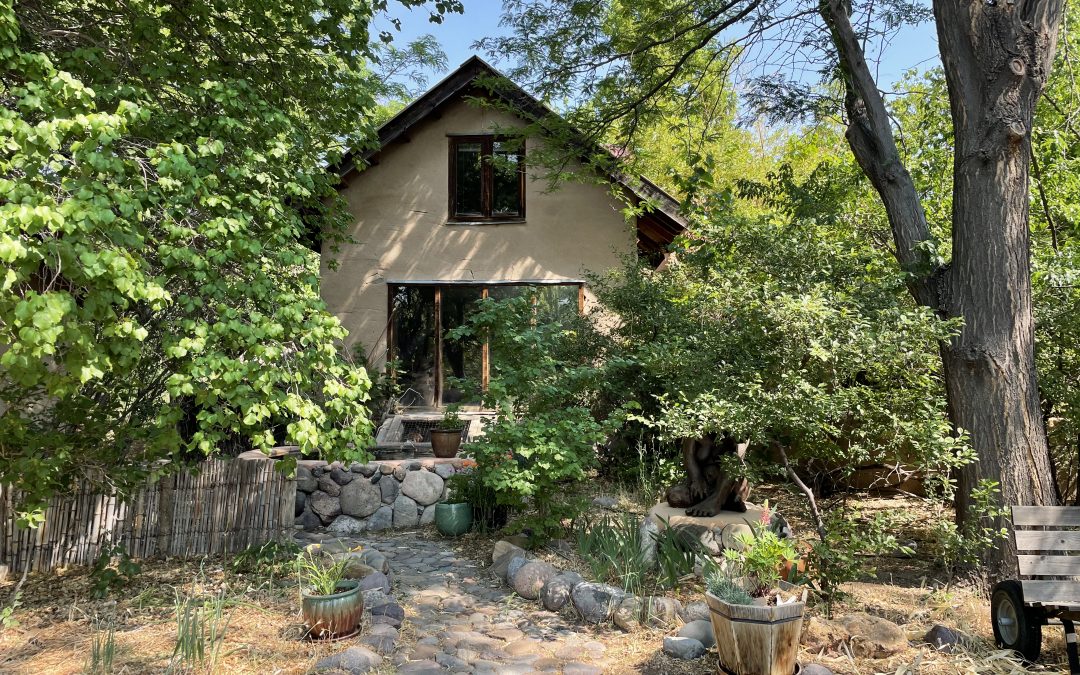
by radiocafe | Aug 8, 2023 | Down to Earth, Education, Environment, Food & agriculture, Native & indigenous, New Mexico
Roxanne Swentzell turned a small piece of bare, dry earth into a garden/forest that produced enough food and wood to maintain a family of four. She founded the Flowering Tree Permaculture Institute, which teaches how to understand and live on the land and allow it to flourish.
Learn more …
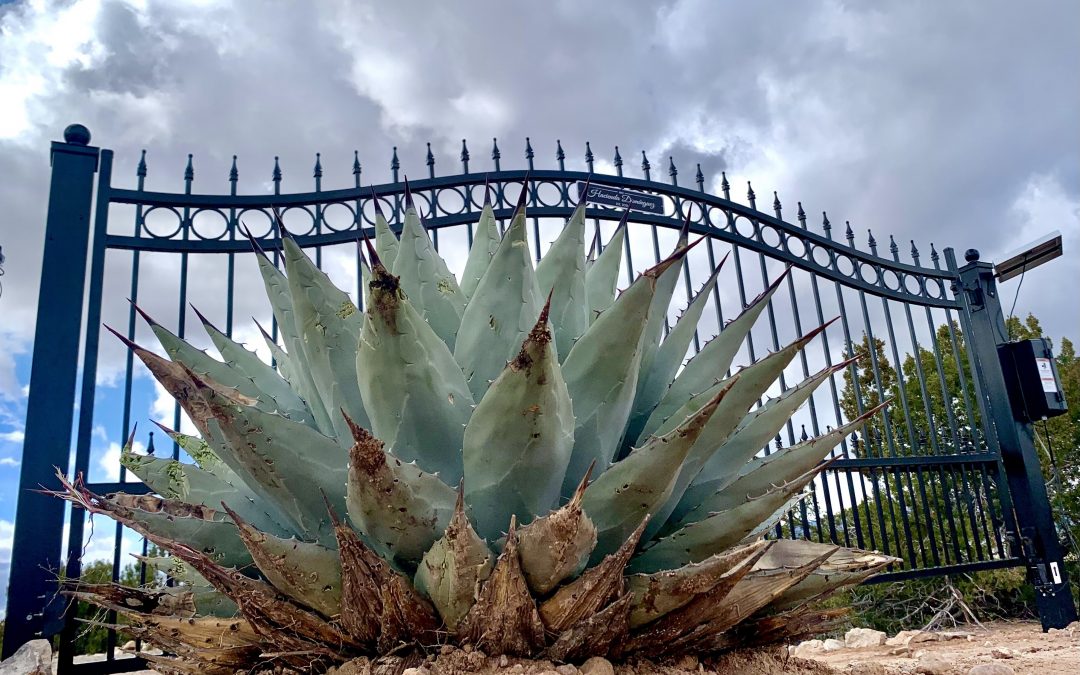
by radiocafe | Jul 25, 2023 | Down to Earth, Education, Food & agriculture, New Mexico, Science & health
Lorenzo Dominguez and his family left the lucrative but stressful world of New York business in order to get more connected to land, people, and food. Two years in, their New Mexico farm is already a center for production and learning.
Learn more …
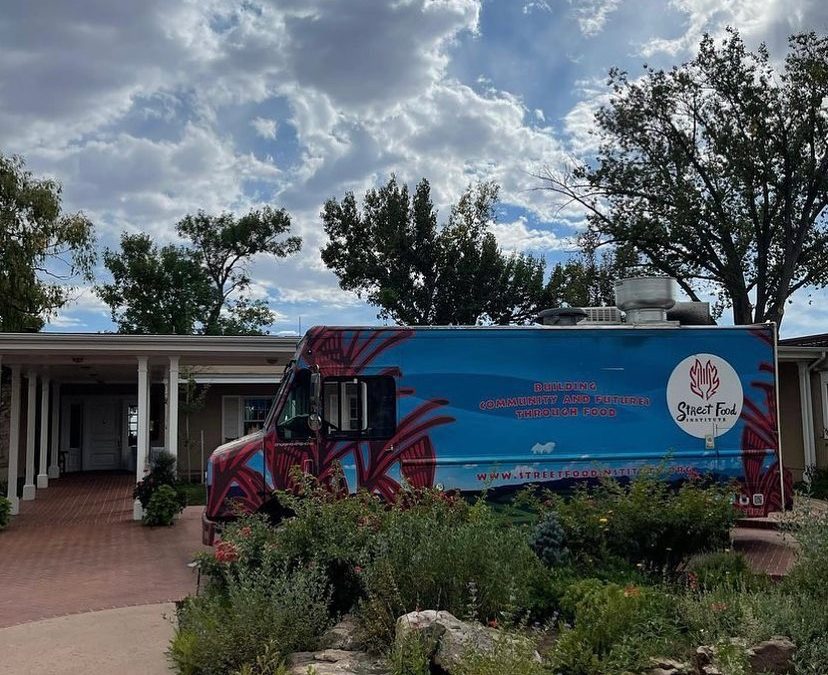
by radiocafe | May 9, 2023 | Down to Earth, Food & agriculture, New Mexico
Tina Garcia-Shams is teaching every aspect of food truck entrepreneurship at the Street Food Institute, and their graduates are thriving––and serving healthy, local fare.
Learn more …
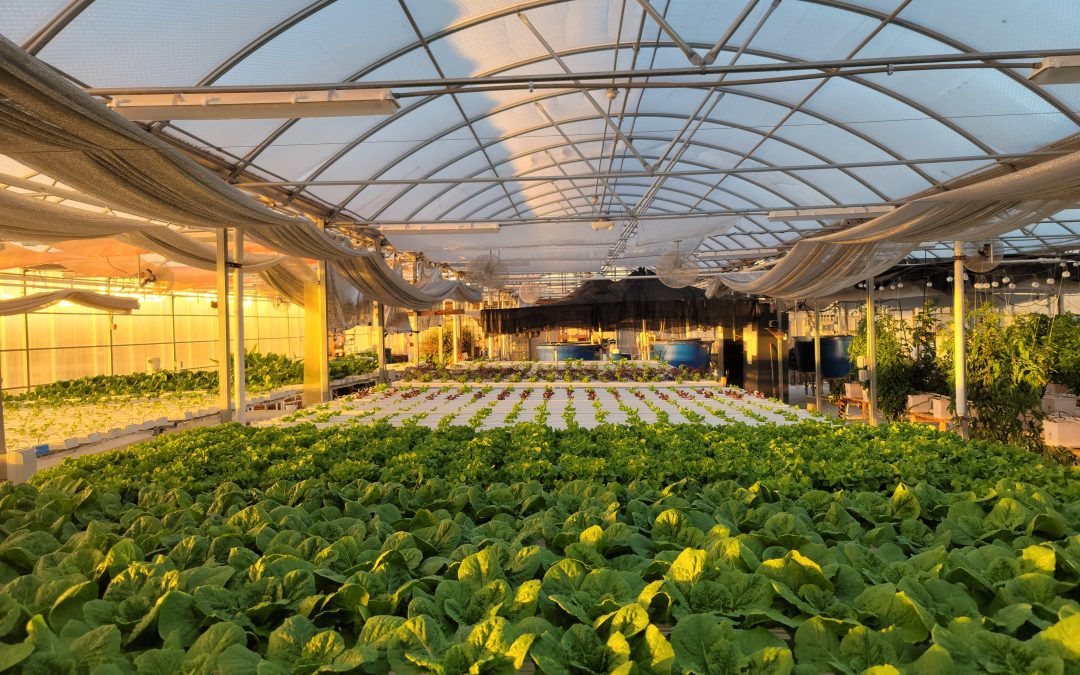
by radiocafe | Apr 11, 2023 | Down to Earth, Environment, Food & agriculture, New Mexico, Science & health
Charlie Shultz is teaching students how to grow fish and plants in in mutually beneficial systems, as well as healthy, nutrient-dense greenhouse crops––all year round. It’s all about sustainable, local, healthy, and economically thriving food systems.
Learn more …
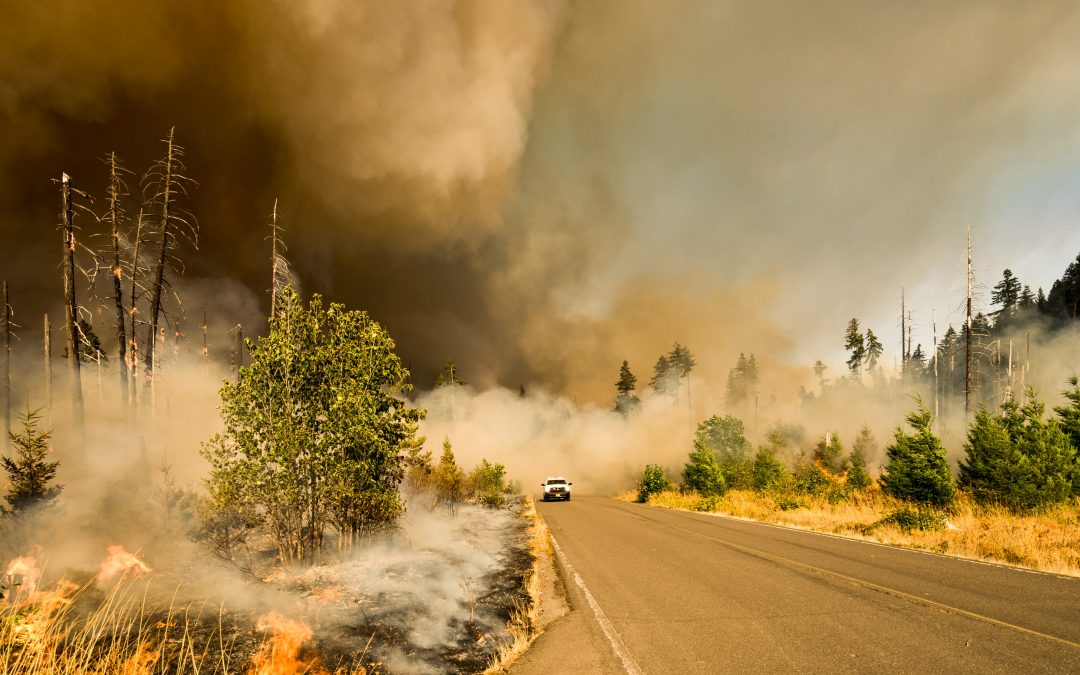
by radiocafe | Mar 28, 2023 | Down to Earth, Environment, Food & agriculture, New Mexico, Science & health
Many entities, public and private, are working to help agrarians whose livelihoods are disrupted. But what do they do, how do they coordinate…and what are the sticky points?
Learn more …
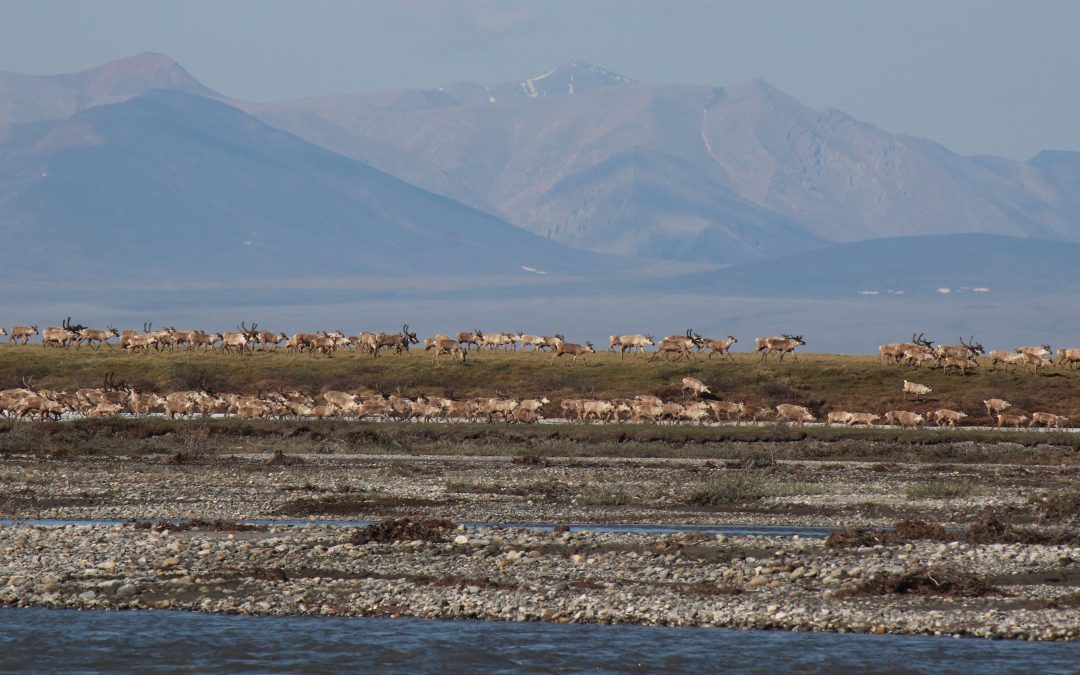
by radiocafe | Dec 15, 2022 | Books, Down to Earth, Environment, Food & agriculture, Native & indigenous, New Mexico
The land and its creatures looked very different when the first people arrived on this continent. Dan Flores‘ book Wild New World traces human impact up to the present––and the choices we’re looking at now.
Learn more …










